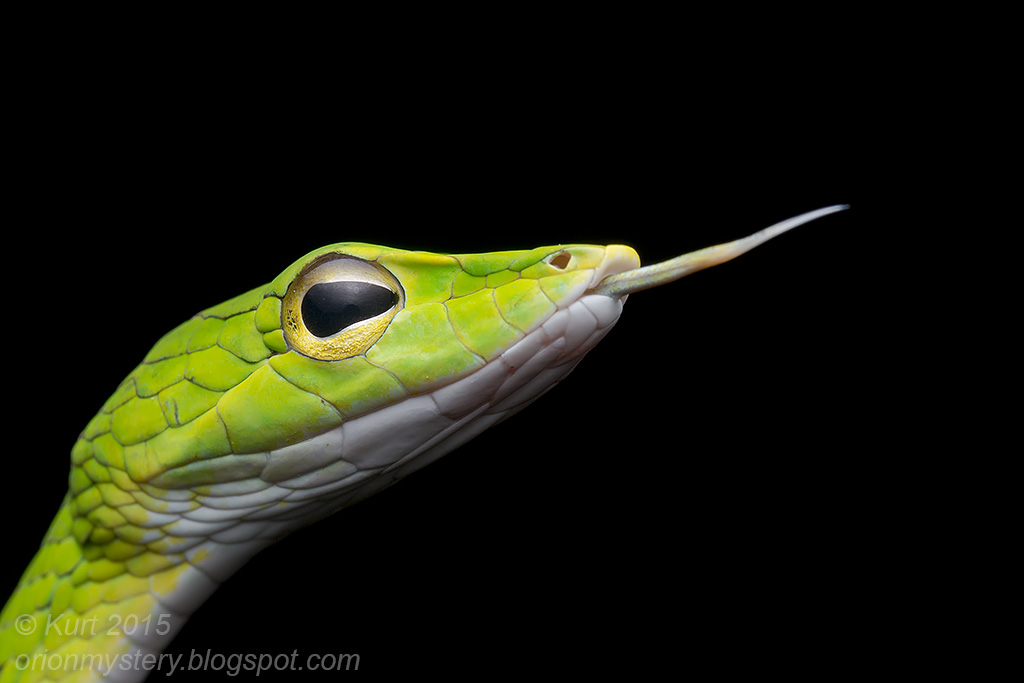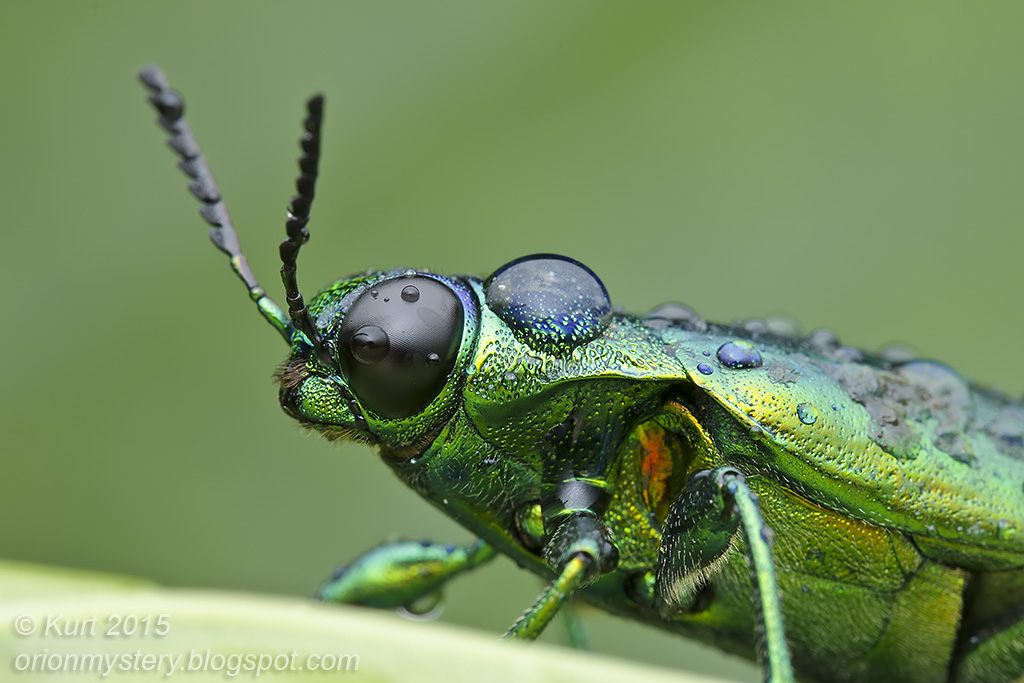My recommendation (and I am just an intermediate level macro shooter) will differ based on your specific needs. What subjects are you working with, or hoping to photograph? What is your budget?
Here's what I can say:
You probably don't want a ringlight for macro. They work, but not as well as conventions speedlights or twin flash. Problems I have with ringlights include bulk (limits low to ground shots), funky catchlights, and unflattering on-axis lighting.
I use manual and TTL speedlights, and I prefer TTL. If you are in a studio, are able to set up shots, or shooting very similar things manual flash is okay, but TTL makes field shooting a lot easier for me.
For macro shooting you don't need high-power flash. You can even do fairly well with the pop-up flash on many cameras with an effective "snoot-diffuser". A mid-range flash similar to the SB-700 will give you plenty of light for on/near camera use and softbox use too. But a mid-range flash is still relatively heavy, so a smaller unit (or two or three) could be what you want.
Whatever flash you choose, make sure you have a way to sync with your camera. A built-in optical sensor is nice for wireless use, as are radio triggers.



